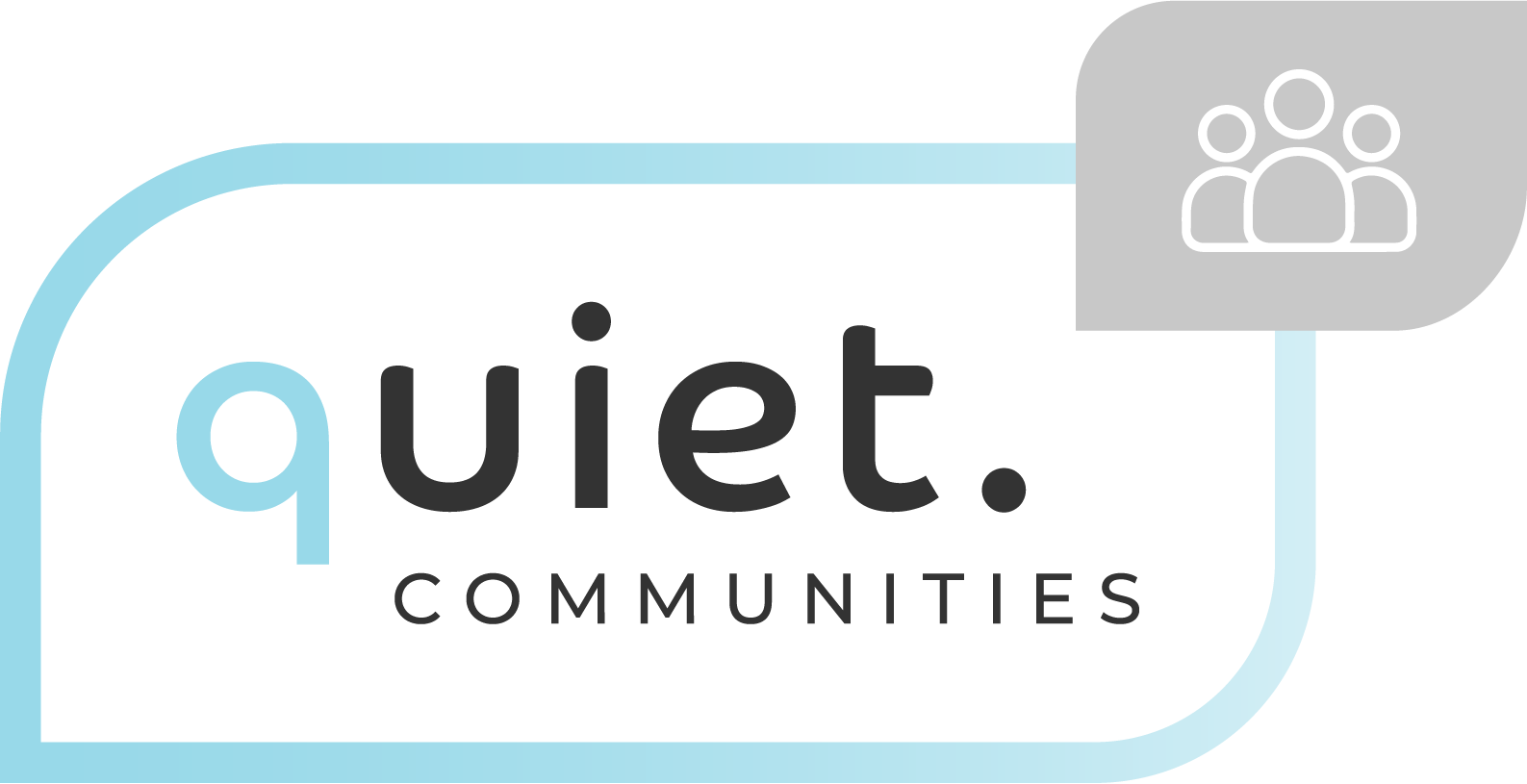Photo credit: Lukas
by Daniel Fink, MD, Chair, The Quiet Coalition
I’ve reached 100. No, not in years, but according to Google, my first peer-reviewed noise publication — an editorial published in 2017 — has been cited in other peer-reviewed articles 100 times.
That’s a lot of citations. Not as many as my favorite noise article, “Auditory and non-auditory health effects of noise,” which has been cited almost 3000 times since publication in 2014, but it is a milestone achievement. I have to admit that a few of the citations are in my own articles written in subsequent years, but as the new year starts, I think it is a good omen that close to 100 other experts interested in the safe noise level for the public have cited my editorial.
When I first became a noise activist ten years ago, in December of 2014 after reading an article about hyperacusis in The New York Times, I had trouble figuring out what the safe noise level was. I found three different safe noise levels, 85 A-weighted decibels (dBA*) recommended as the occupational noise exposure limit by the National Institute for Occupational Safety and Health, 75 dBA from a National Institutes of Health consensus statement, and 70 decibels (dB) from the Environmental Protection Agency.
I didn’t know much about noise. I’ll readily admit that my understanding is still superficial compared to acoustic engineers, otolaryngologists, audiologists and neuroscientists with graduate training in their fields and who study hearing for a living. However, even ten years ago, I knew that the decibel scale was logarithmic. It was unlikely that all three noise levels could be safe. I didn’t learn until later that the NIOSH recommended occupational noise exposure level wasn’t safe for workers and certainly wasn’t safe for the public, and that the NIH consensus statement’s 75 dBA safe noise level was only for 8 hours, and therefore was mathematically the same as the EPA’s 70 dB for 24 hours. (By convention, average noise exposures omit the A-weighting, even if the actual measurements are in dBA.)
So it turned out that there was only one evidence-based safe noise level for the public, the EPA’s 70 dB time-weighted average for a day. My latest paper suggests that the actual safe noise level to prevent noise-induced hearing loss may even be lower, 55 dBA for a single noise event and a daily average of only 55-60 dB. That is just a hypothesis, which needs experimental confirmation by laboratory animal studies.
Some of my other noise publications have also gained traction. My new definition of noise: noise is unwanted and/or harmful sound, has been cited 60 times. It opens the American Public Health Association policy statement, Noise as a Public Health Hazard. In 2023 it was adopted by the International Commission on Biological Effects of Noise and added to Article II of the ICBEN Constitution. My article about excessive non-occupational noise exposure has been cited 24 times.
A quieter world will be a better, more peaceful and healthier world for all.
*A-weighting adjusts unweighted sound measurements to approximate the frequencies heard in human speech. This weighting is used in occupational safety and health discussions because the inability to understand speech is the compensable workplace injury.
